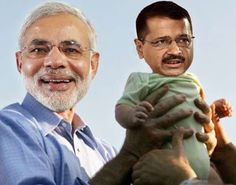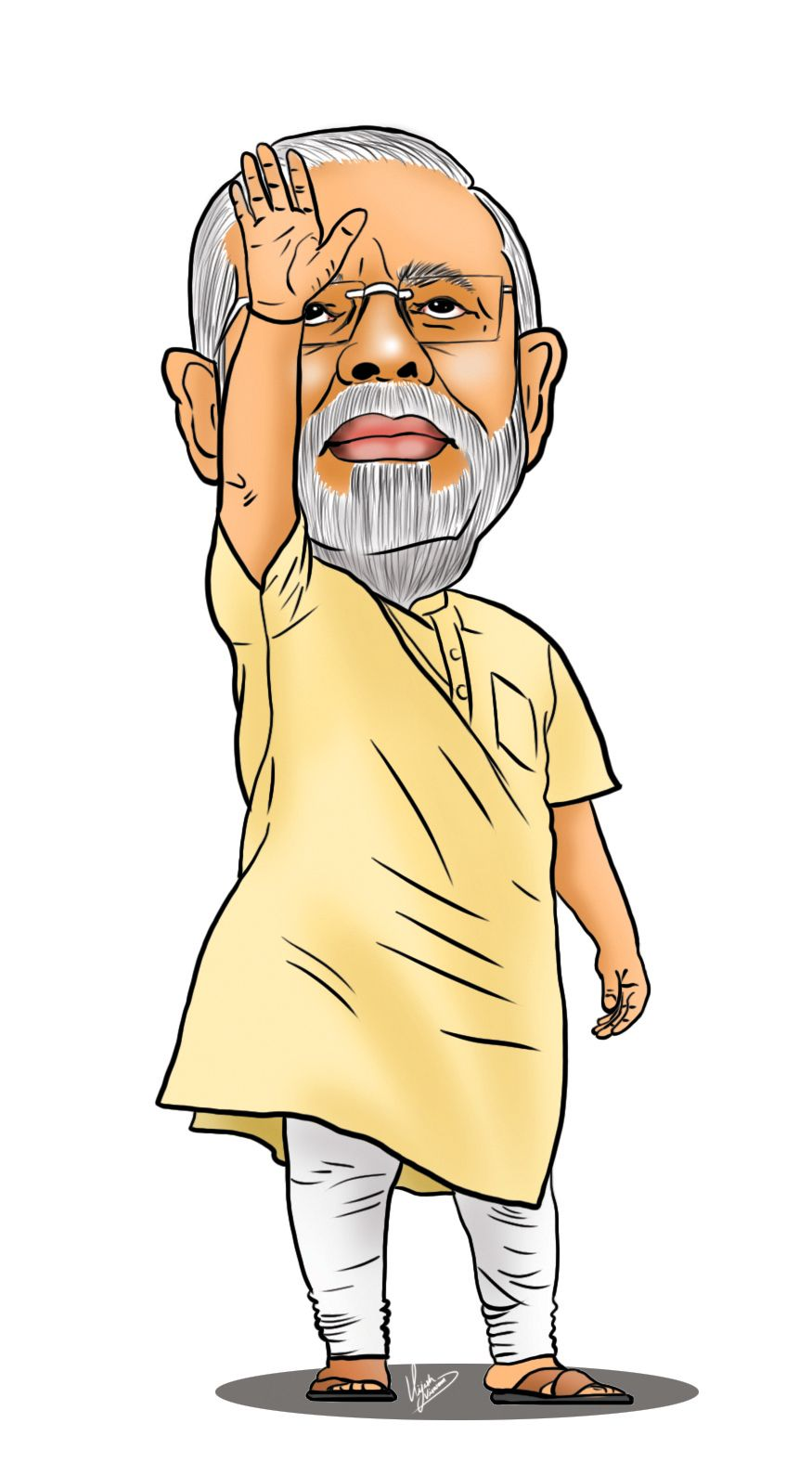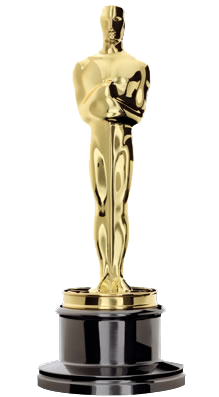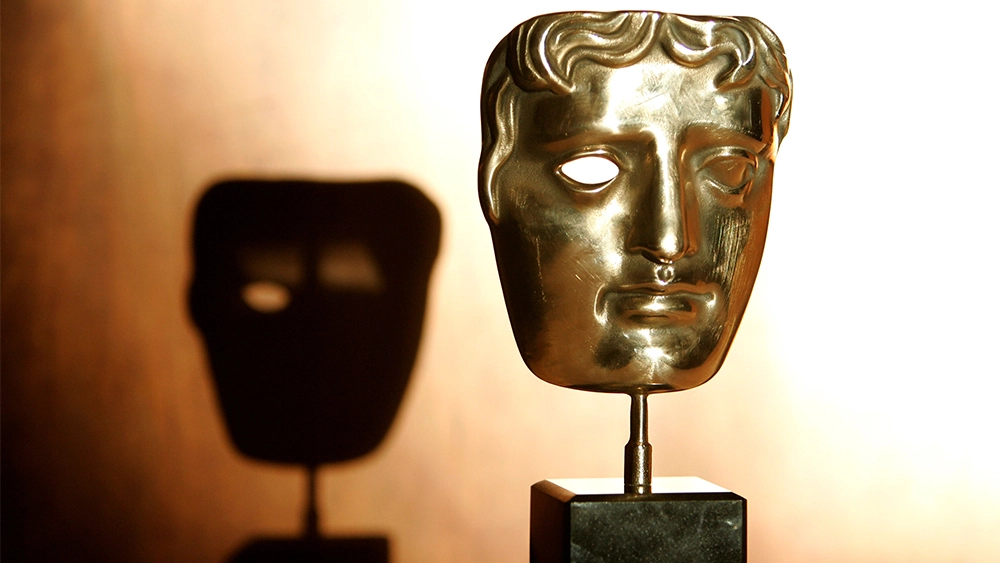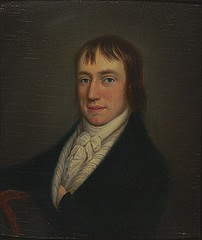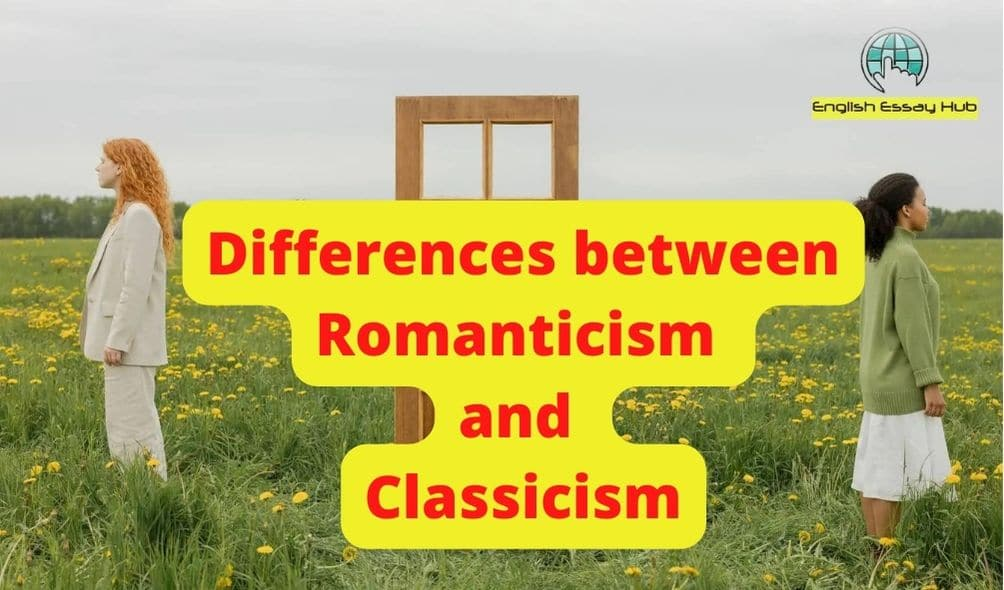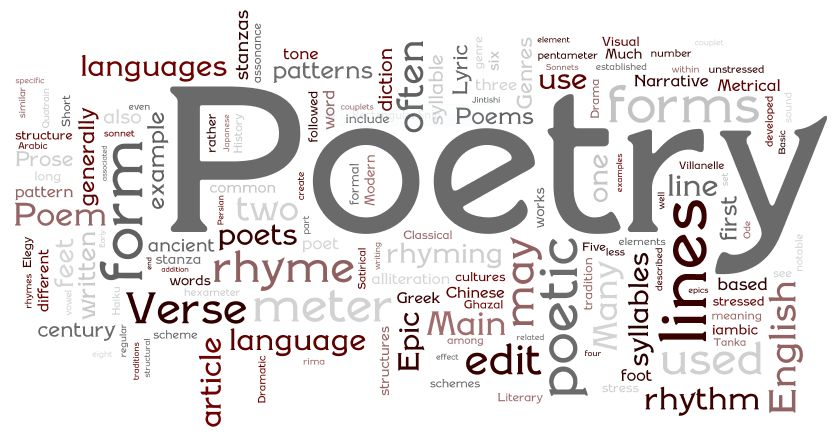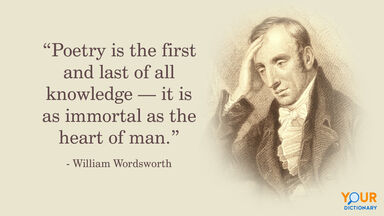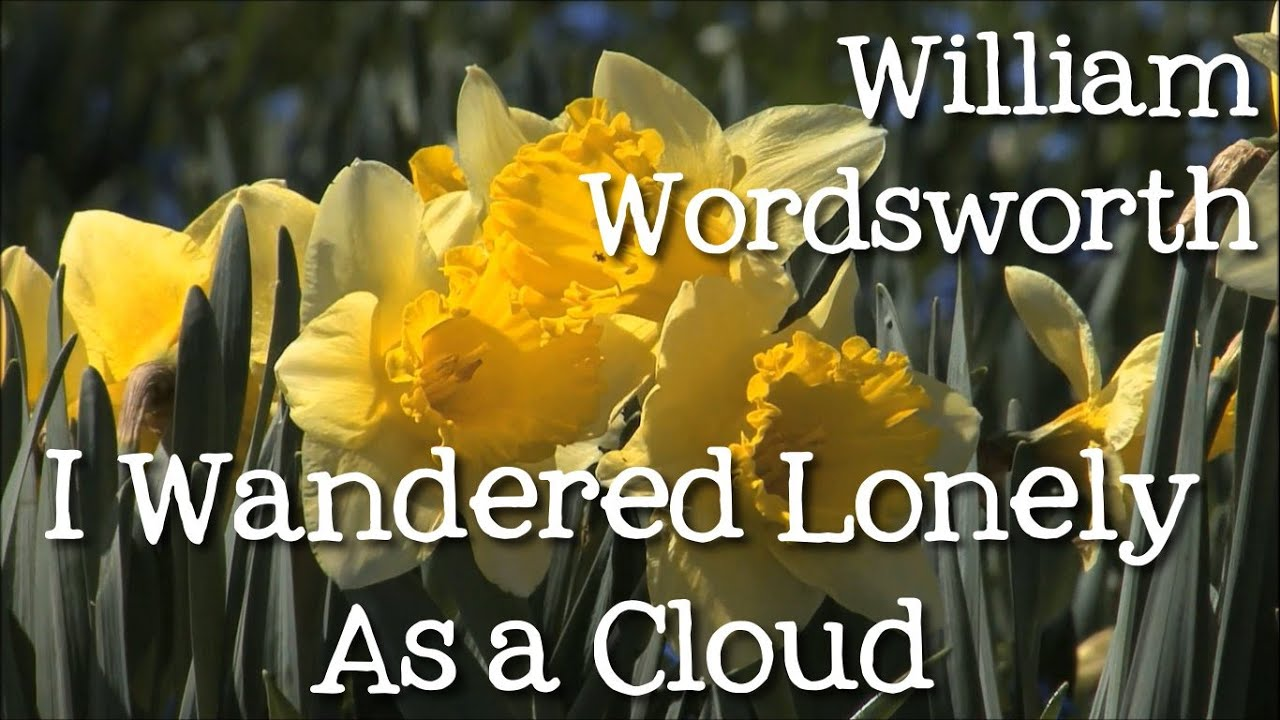Thinking Activity: Frankenstein
Hello Readers, in this Thinking activity Blog I am writing down here about my understanding of Frankenstein and I am also giving the answer to some questions, Which are given by Yesha ma'am, Department of English Maharaja Krishnakumarsinhji Bhavnagar University.
Frankenstein
Introduction of Mary Shelley:-
She was born Mary Wollstonecraft Godwin in Somers Town, London, in 1797. Mary Wollstonecraft Shelley is best known as the author of Frankenstein, but there's more to her life than her famous monster. Shelley was the daughter of two rebels, the feminist Mary Wollstonecraft and the anarchist William Godwin. When their daughter Mary was born, William and Mary had only been married for five months. Four weeks after giving birth, Mary Wollstonecraft died of complications. Thus, Mary Shelley never knew her mother. Her father remarried a woman by the name of Mrs. Clairmont when the young Mary was four years old. She ran off with the poet Percy Shelley when she was sixteen and he was married. Her life attracted attention, controversy, and a good deal of criticism.
Frankenstein has been made into hundreds of movies. Shelley started writing the story when she was 18, and the first edition was published anonymously in London on 1 January 1818, when she was 20. Her name first appeared in the second edition, which was published in Paris in 1821. Frankenstein is a Horror Novel. In this novel, there are main characters Victor Frankenstein, The Monster, Robert Walton, Alphonse Frankenstein, Elizabeth Lavenza, and William Frankenstein. But Victor and Monster(Creature) both are the main in this novel.
1.) Why Victor was not able to accept his dream experiment and its results?
When Victor Frankenstein succeeds in bringing his creation, an eight-foot man, to life in November of his second year. Excited and disgusted at ''The Monster'' he had created, he runs from the apartment. He wanders the streets of Ingolstadt until Henry Clerval finds him in poor condition. Henry had come to see about his friend and to enroll at the university. Henry and Victor return to Victor's apartment to find the monster gone. Victor finds the disappearance of his monster a source of joy and falls down in a fit of exhaustion from the release of anxiety over his creation. Henry spends the rest of the winter and spring nursing Victor back to health after the tumultuous fall. Henry advises Victor to write home, as a letter from his family in Geneva recently arrived.
The Monster now begins to take shape, and Victory describes her creation in full detail as "beautiful" yet repulsive with his "yellow skin,""lustrous black, and flowing" hair, and teeth of "pearly whiteness." Victor describes the monster's eyes, considered the windows upon the soul, as "watery eyes, that seemed almost the same color as the dun-white sockets in which they were set, his shriveled complexion and straight black lips."
Here Shelley contrasts God's creation of Adam to Victor's creation of the monster. Victor sees his creation as beautiful and yet repugnant, versus the creation story taken from the Bible in which God sees his creation of Adam as "good."
2.) What made Creature a Monster?
The monster is Victor Frankenstein’s creation, assembled from old body parts and strange chemicals, animated by a mysterious spark. He enters life eight feet tall and enormously strong but with the mind of a newborn. Abandoned by his creator and confused, he tries to integrate himself into society, only to be shunned universally. Seeking revenge on his creator, he kills Victor’s younger brother. After Victor destroys his work on the female monster meant to ease the monster’s solitude, the monster murders Victor’s best friend and then his new wife.
The monster’s eloquent narration of events reveals his remarkable sensitivity and benevolence. He assists a group of poor peasants and saves a girl from drowning, but because of his outward appearance, he is rewarded only with beatings and disgust. Torn between vengefulness and compassion, the monster ends up lonely and tormented by remorse.
3.) Why Society has rejected Victor’s idea of experiment and then the result of his experiment?
The monster created by Victor Frankenstein is rejected by human society because of his appearance. Shelley explores the feelings of creature totally ignored and abused by society.
Victor does not think about the possible results of his experiments. He does not think about what will happen when he finally succeeds and created a living creature. He is severely punished for his attitude when the creature created by him turns into a monster. The author illustrates that the guilt for murders can not be put only on Frankenstein’s creation. Society and social norms finally result in feelings of loneliness and estrangement. ''The monster complains that his maker and mankind are moving his nature from goodness and benevolence to wrath and violence. He attempts the company of men and is rejected with horror, fear, and abuse''.
The theme of social rejection is one of the main themes of the novel. The author shows the consequences of social opinion. The creature created by Victor turns into a monster because it can not find understanding and compassion in society. People do not give the creature any chances only because it looks terrible to them. In her novel, Mary made an attempt to express her own frustration and to turn the attention of people to the theme of social deprivation and rejection. She was recording her reflections and feelings–her grief, her loneliness, her thoughts of the future instead, her wish to die. Mary knows what she writes about since she had to pass many personal hardships and losses. She wants her readers to understand the feelings of a creature that knows no compassion or understanding. The monster was created by Victor only physically. In reality, it was created by society. Indifferent attitudes and disgust finally result in the birth of a real monster that threatens its creator and society.
4.) Who decides what beauty is? Is it for real or Superficial?
Today our biggest myth is that if we are not good-looking or don’t wear fashionable clothes then we are up to no good, but in my opinion, it is our skill and talent that makes us on par with others. As a true example, we have our Film industry which is now supporting many actors which are not good-looking but have great acting skills. They should be a true inspirations for all of us.Inner beauty refers to the personality of a person including his/her mind and character. Whereas outer beauty simply refers to the looks of a person. It can easily be faked and changed through makeup, dressing, surgery, etc. But it takes a whole lot of effort and a true heart to maintain your inner beauty in this modern age.
Beauty is not about what brand of clothes you wear; it’s about you carry them. Beauty isn’t about matching earrings or expensive bracelets, it is always about carrying a smile and a whole lot of confidence on your face.
Outer Beauty makes a person insecure and uncertain but inner beauty makes a person strong and makes him feel invincible. Beauty is about simplicity, elegance, and grace. We need to be comfortable in our own skin. Outer beauty is transient, it fades with time and so does the looks but your soul, knowledge, and heart are something that will stay.
Always remember your eyes, smile and knowledge can be your biggest strengths. “Why try to be an attractive oyster when you can be the precious pearl inside it.”
To conclude I would like to request all of my readers to utilize this time in an optimistic manner. Look into yourself and you will find many hidden talents within you. Explore your inner self beauty.
5.) Villain in Frankenstein.
The monster in Frankenstein is a symbol of evil, whose only desire is to ruin lives. He has been called "A creature that wreaks havoc by destroying innocent lives often without remorse. He can be viewed as the antagonist, the element Victor must overcome to restore balance and tranquility to the world." But after the novel is looked at on different levels, one becomes aware that the creature wasn't responsible for his actions, and was just a victim of circumstance. The real villain of Frankenstein isn't the creature, but rather his creator, Victor. Victor is responsible because he abandoned his creation. In an archetype novel, Victor is the villain, because he was trying to play god. When Victor created the creature, he didn't take responsibility for it. He abandoned it and left it to fend for itself. It is unfair to bring something into the world, and then not teach it how to survive. The creature was miserable and just wanted a friend or someone to talk to.
Thank you for Reading...









